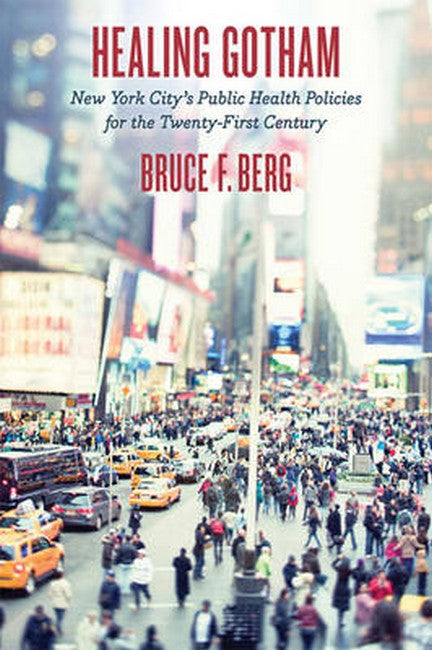Throughout its history, New York City has been challenged by a variety of public health crises. Since the nineteenth centurywhen it became one of the first American cities to develop a comprehensive public health infrastructureNew York has also stood at the forefront of formulating and implementing urban health policy.Healing Gotham examines in depth how the city has responded to five serious contemporary public health threats: childhood lead poisoning, childhood asthma, HIV/AIDS, obesity, and West Nile virus.Bruce F. Berg examines the rise and incidence of each condition in the city while explaining why the array of primary tools utilized by urban policy makersincluding monitoring and surveillance, education, regulations, and the direct provision of serviceshave been successful in controlling public health problems. He also argues that forces such as race and ethnicity, New York Citys relationship to the state and federal government, the promotion of economic development, and the availability of knowledge related to preventing, treating, and managing illness all influence effective public health policy making.By contrasting these five particular cases, this exciting study allows scholars and students to compare public health policy through time and across type. It also helps policy makers understand how best to develop and implement effective public health strategies around the United States.

